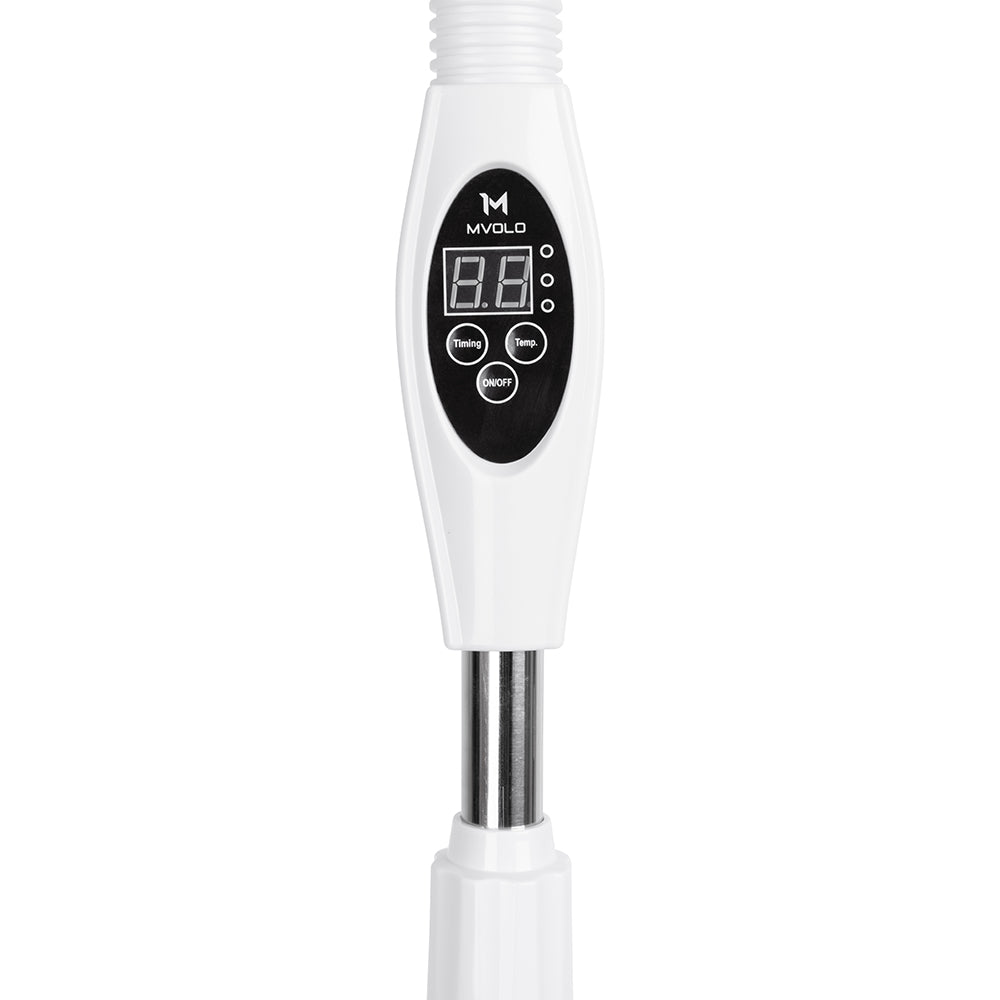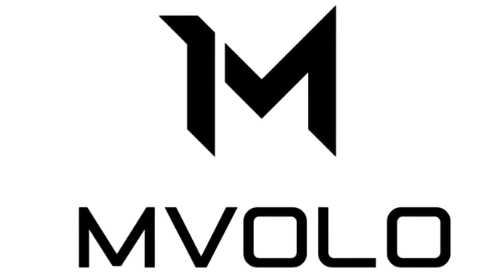Improving Cognitive Health with Red Light Therapy
Deel
Can Red Light Therapy Slow Cognitive Decline?

With the aging population and increasing life expectancy, more people are experiencing cognitive decline. This can range from mild memory issues to severe neurodegenerative conditions like dementia and Alzheimer’s disease. But what if there was a simple, non-invasive way to support the brain and slow this process? Red light therapy (RLT) offers hope in the fight against cognitive decline.
What is Cognitive Decline?
Cognitive decline refers to a reduction in the ability to think, remember, and reason. It is a normal part of aging, but for some individuals, this process can happen more quickly. Factors such as stress, lack of physical activity, and poor nutrition can contribute to this decline. Additionally, conditions like Alzheimer’s and Parkinson’s can severely impact cognitive health.
More details on this topic can be found in our post on cognitive health and red light therapy.
The Impact of Aging on the Brain
As we age, the brain undergoes changes that affect cognitive function. There’s a gradual loss in the brain’s ability to form new neural connections, reducing neuroplasticity. Oxidative stress increases, leading to inflammation and potential cell damage. Blood flow to the brain may also slow down, impacting oxygen and nutrient delivery.
These biological shifts have been widely discussed in relation to everyday performance and focus, including how red and infrared light can support a productive workday.
The Science Behind Red Light Therapy
Red light therapy uses specific wavelengths of red and near-infrared light to stimulate cells and increase energy production in mitochondria. This process supports overall cellular function and resilience.
Studies have explored these effects, including one published in Frontiers in Aging Neuroscience, which found that mice exposed to red light therapy showed improved results in memory and learning tasks. These findings add to the growing body of research on light-based therapies for neurological health.
RLT and Neuroprotection
One area of interest is RLT’s potential role in reducing oxidative stress in the brain—a major contributor to aging-related cognitive decline. By improving blood flow and cellular energy, RLT may help protect brain cells from damage.
This subject is also touched upon in another article on how red light supports cognitive performance, highlighting its possible neuroprotective effects as part of an overall healthy lifestyle.
Conclusion
Cognitive decline is a complex process influenced by aging, environment, and health. While it remains a major concern for aging populations, research into red light therapy continues to explore how light may support brain health by enhancing energy production, reducing oxidative stress, and maintaining circulation.
Additional perspectives on this topic and related wellness strategies are featured throughout the Mvolo Mixtape blog, offering a closer look at how red and infrared therapies intersect with daily life and health.






